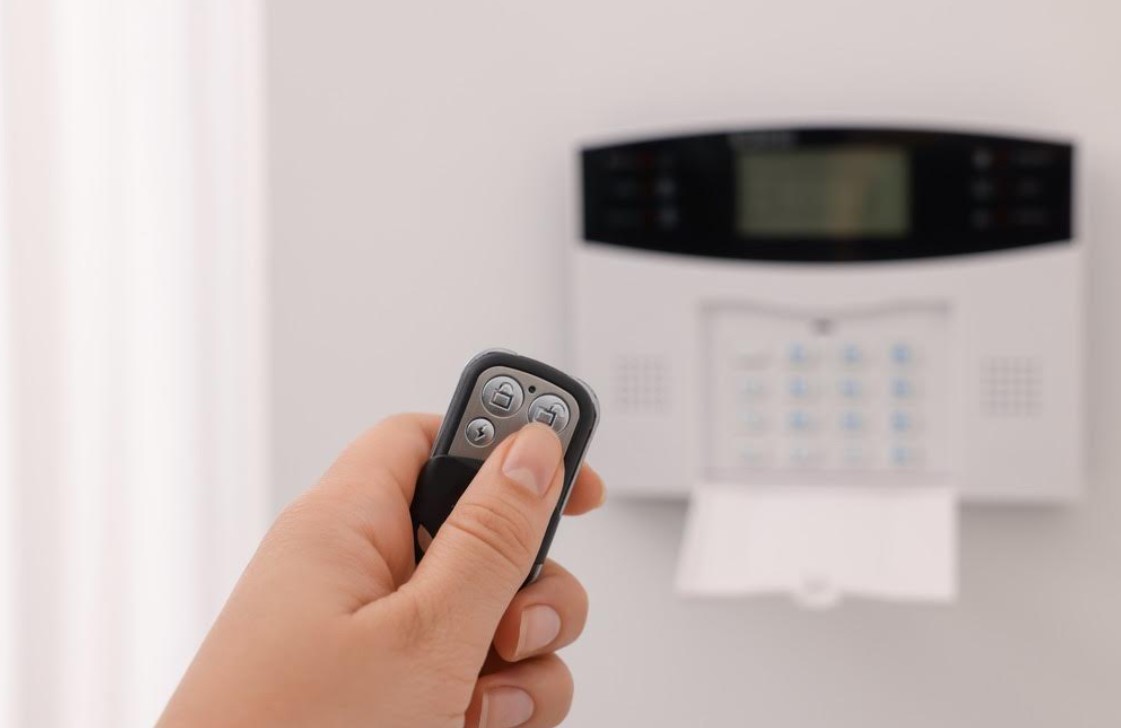
Home security and automation technology is rife with gadgets. There are gadgets for all sorts of needs, including the key fob for activating and deactivating a security system. A key fob might prove handy in certain situations. But do you need one to get the most out of a home security and automation system?
In a word, no. Key fobs represent just one way to access a system. Whether or not a key fob would make your life any easier really depends on how you use your system. The key fob is ideal for some smart home users and pretty much useless for others.
Like Your Car’s a Key Fob
A post recently published on the Vivint Smart Home website does a good job explaining the home security and automation key fob. They liken it to the key fob you use with your car. With the click of a button, your car fob lets you lock or unlock the doors. You can arm or disarm the car’s security alarm. If you have a more advanced system, the fob might even let you automatically pop the trunk or open the side doors.
A key fob for a home automation and security system follows the same basic principle. It features a limited number of buttons that trigger tasks programmed into the system. A typical scenario would involve using your fob to arm or disarm your security system. Do you need it? No. Is it convenient? Yes.
Picture yourself walking out the door in the morning. Rather than going to a control panel to arm your system, you press a button on your key fob as you are walking to the car. Done and done. When you return home, there is no need to run inside, get to the hub, and enter a 4-digit security code to disarm the system. Just push the button on your key fob as you’re climbing out of the car.
Other Use Cases
Arming and disarming a security system is just one feature. Depending on your home security and automation setup, there are other use cases for the key fob. Here are just a few of them:
- Emergency/Panic – A typical key fob includes a panic button. In the event of a genuine emergency, like someone attempting to break in at three o’clock in the morning, you reach for the fob and press the button. Your alarm is activated, and your monitoring company is immediately notified.
- Medical – If your system is equipped with a medical alert component, there may be an emergency button on the fob. Just press the button in the event of a medical emergency and your monitoring company will respond in an instant.
- Special Functions – Other special functions built into your system could be activated or deactivated with a key fob. Running a self-test, initializing programming, and activating cameras are all on the table.
A key fob just makes things more convenient. However, the downside is that key fobs are limited in their function. So much so that you might find it easier to just use your smart phone and an app that is compatible with your system’s hub. Smart phones can do everything fobs can, and a whole lot more.
A key fob might be ideal if you prefer simplicity and only want access to a small number of functions. You can carry it with you just like you do your car keys. The key fob puts access to your home security and automation system at your fingertips without having to rely on a central hub.
